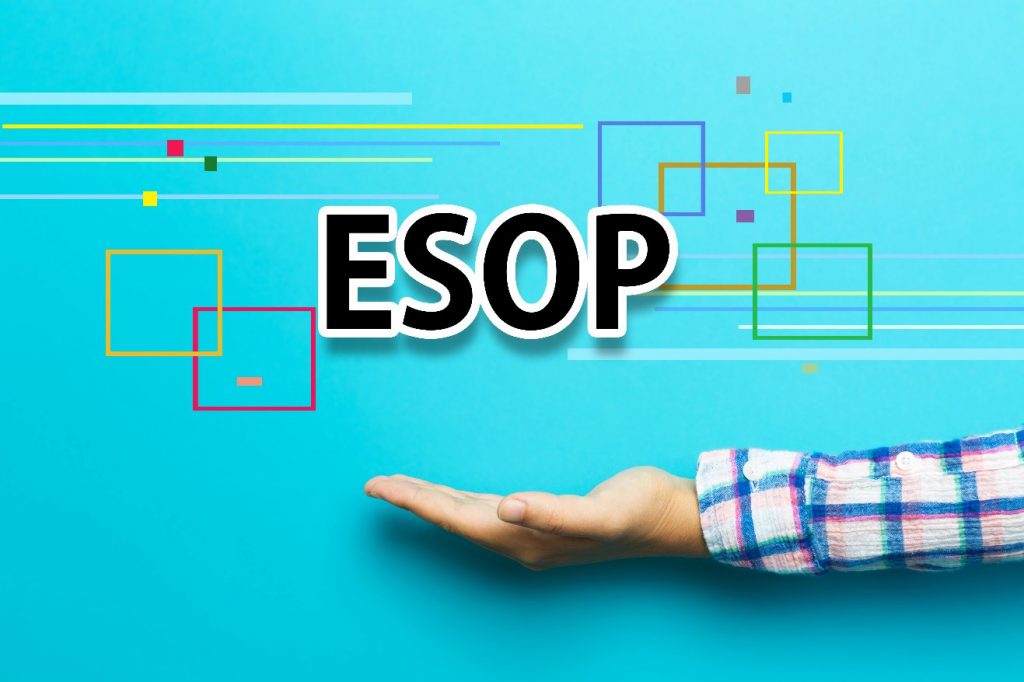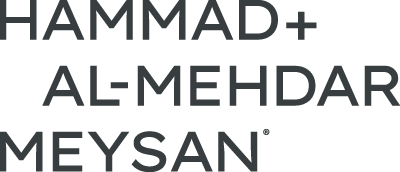
What is an ESOP
An employee share ownership plan (ESOP) is a type of employee benefit plan that is intended to encourage employees to acquire shares or ownership in their company. Most companies create employee share ownership plans to provide the motivation, inspiration, and retention associated with ownership. Employees can buy the shares directly, be given them as bonus, receive share options, or obtain shares through a profit-sharing plan.
ESOPs are very common with publicly listed companies, but are also seeing a growing adoption rate within privately held companies as well. Companies regulations in Saudi Arabia, the UAE (ADGM, onshore, and various free zones), the Cayman Islands, and the BVI accommodate structuring ESOPs and offering employees ownership schemes, with various applicable parameters.
Benefits of ESOP
An ESOP typically yields a higher pay and set of benefits for employees than mere financial, while creating true job security and gratification. This plays well with cash-strapped startups and growing companies. ESOPs are most commonly used to attract, motivate and reward employees. That said, there are other uses commonly seen in other markets such as the U.S. where ESOPs are also used for tax-related purposes. Employees with share entitlements feel united, validated and more invested in the success of the company. An ESOP can be a great tool for a company looking to attract otherwise expensive talent, enhance organizational performance, help employees prepare for retirement, and allow business owners to create liquidity to meet growth or diversification goals.
Establishing an ESOP
The common approach to establishing an ESOP is for the company to establish a trust of which the company’s employees are beneficiaries. The employees then make contributions to the trust via the employer (usually through payroll deductions or bonus allocations), and the trust in turn purchases the shares of the company. These purchases are allocated to the benefit of the individual employees beneficiaries of the ESOP. The other approach is to allow the employees to directly own shares in the company, but this may result in added formality hurdles in connection with KYC and transfers.
Companies can allocate contributions to employees in a number of ways, but contributions usually revolve around signing bonuses or the employee’s years of service and compensation. A formal plan document is developed and published setting forth the terms and conditions of the ESOP, and describing how the plan operates, who is eligible to participate, and who performs administrative and trustee functions.
After becoming fully vested, the company “purchases” the vested shares from the retiring or resigning employee. The money from the purchase goes to the employee in a lump sum or equal periodic payments, depending on the plan. Once the company purchases the shares and pays the employee, the company redistributes or voids the shares. In most instances, departing employees do not take the shares with them, only the cash payment. Fired employees often only qualify for a portion of their vested shares.
Considerations relating ESOPs
As attractive as the benefits of ESOP are on different aspects, there are some considerations companies and management should keep in mind when contemplating establishing an ESOP. Setting up the structure for the ESOP is relatively complex. Administration is also an ongoing task that requires specialization attention. Most commonly, these are done through attorneys or specialized administrators, which means that they do come at a cost. In addition, if an employee terminates his/her employment or passes away, the company will most likely be required invest some money to repurchase that employees shares.
Is ESOP Right for you?
An ESOP, or employee share ownership plan, is a great tool to attract, motivate and retain talent. It creates a sense of belonging to the employees and enable them to feel connected to the company and its management. It can also foster a sense of transparency and shared ownership. That said, it also requires administration and management, and if mismanaged, can be a source of dissent and claims against ownership, which are red flags for investors and funders.
